As Thanh Nien has reported, the current status of the university education network is unevenly developed. The number of universities is large but generally weak.
According to the Ministry of Education and Training, one of the reasons for this situation is that investment in higher education is not only too low but also because there is no classification of higher education institutions to help orient key investments. In the system, there is no unity among schools in terms of mission, nature, orientation, stratification, names, and many schools are single-field. The structure of the current higher education system is very complicated, with many interwoven models: there are universities, there are universities; there are excellent universities, key universities, "normal" universities...
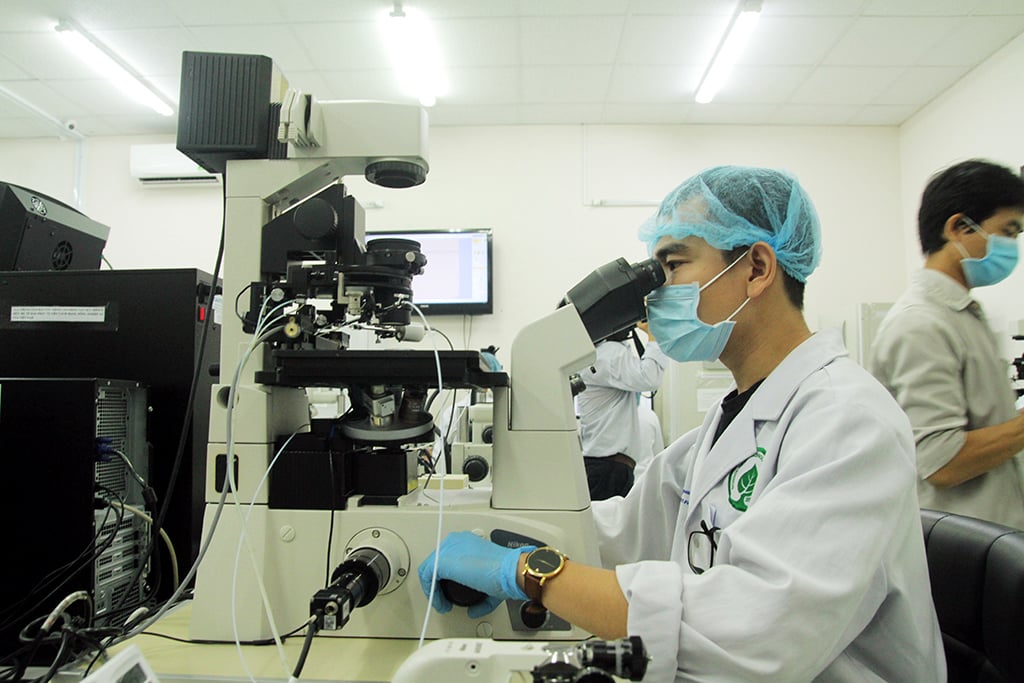
Funding for scientific research allocated to universities is still low.
NOT REACHED BASED ON INTERNATIONAL MEASUREMENTS AND STANDARDS
In terms of management mechanism, there are currently 2 national universities under the management authority (in terms of personnel and finance) of the Government Office, but in terms of expertise, they are still under the management scope of the Ministry of Education and Training. There are 45 universities and regional universities under the management authority of the Ministry of Education and Training while the remaining universities are under the management authority of the ministries or the People's Committees of provinces/cities.
Although there is a university system with diverse models and management mechanisms, currently in Vietnam there is no true research university based on international standards and measures. Research activities as well as the state's research budget are still mainly for research institutes independent of universities. Vietnam also does not have a university of applied sciences in the sense and standards recognized by the world. In addition, there are too many single-field universities with small staff and students, which are facing many difficulties in competing in the era of the 4.0 technology revolution and international integration in the trend of interdisciplinary and multi-field.
In each higher education institution, naming is not yet in accordance with international standards (in a school there is a institute, in an institute there is a school, in a "university" there is a "university"...). These problems exist because there are no criteria or standards for a standard university, no direction, and no strict management by the state.
MASTERS AND DOCTORAL TRAINING SCALE IS TOO SMALL
Over the past decade, the scale of training across the entire system has grown dramatically, but only at the university level. In the 2021-2022 school year, the country had more than 2.1 million university students, while in 2009 this number was more than 1.2 million. Meanwhile, postgraduate training (masters, doctorates) has decreased in recent years. Currently, the country has about 122,000 postgraduates, including nearly 11,700 PhD students and nearly 110,000 graduate students in various fields.
These figures on postgraduate training, if calculated as a ratio to the population, Vietnam is less than 1/3 compared to Malaysia and Thailand, only 1/2 compared to Singapore and the Philippines, approximately 1/9 times compared to the average level of member countries of the Organization for Economic Cooperation and Development (OECD).
Compared to the total training scale of the 3 levels of higher education degrees (bachelor, master and doctorate and equivalent degrees), the training scale of master level accounts for approximately 5%, while the training scale of doctoral level has not reached 0.6%. Meanwhile, those proportions in Malaysia are 10.9% and 7% respectively; Singapore 9.5% and 2.2%; on average, middle-income countries are 10.7% and 1.3% respectively, and OECD countries are 22% and 4% respectively.
According to the Ministry of Education and Training, not only is the training scale too small, but doctoral training is currently very scattered, ineffective, and does not meet the requirements of balance and synchronization with socio-economic development.

Currently, the whole country has about 122,000 postgraduate students, including nearly 11,700 PhD students and nearly 110,000 graduate students in various fields.
FUNDING FOR SCIENTIFIC RESEARCH IS TOO LOW, UNREASONABLE ALLOCATION
Low investment in higher education has been a problem that has been warned about for several years. According to data from the Ministry of Finance, state budget expenditure on higher education in 2020 is estimated to reach only 0.27% of GDP and actual expenditure will only reach 0.18% of GDP (and only account for 4.6% of the state budget spent on education).
But the problem is not only low spending but also the unreasonable spending mechanism. Most of the budget for scientific research (R&D) is allocated to enterprises, and the growth rate of spending by the business group is also faster than other groups such as R&D and technology development organizations, universities, and academies. Meanwhile, the main human resources for R&D and technology development activities are mostly concentrated in higher education institutions. Specifically, higher education institutions receive about 1,000 - 2,200 billion VND per year for R&D and technology development activities, while the business sector receives an investment of more than 23,000 billion VND per year.
Typically, for higher education institutions under the Ministry of Education and Training, the average budget is 400 billion VND/year and has remained almost unchanged from 2011 to 2016, a very low figure compared to the total state budget for science and technology (S&T); the average S&T expenditure per lecturer is 10-30 times lower than the average of universities in the Southeast Asian region. The total budget allocated to academies and research institutes/centers, although larger, is not effective because it is distributed to more than 600 research institutes managed by different ministries.
The funding mechanism for research is based on historical allocation, not on output performance, and does not directly serve scientific research activities (most of the costs are used to pay staff salaries). Low investment levels, unsystematic allocation, and no clear criteria make the final science and technology funding received by higher education institutions too little, not enough to promote capacity and performance, and not reflecting and consistent with the priorities for science and technology development of the locality and the whole country.
Another clear manifestation of irrationality is that the spending mechanism is not correlated with human resources for research and development. Currently, highly qualified human resources for research and development are concentrated in universities, accounting for 50% of the total research and development force in the country, of which 69% of researchers have doctoral and master's degrees. However, more than 60% of the state budget for research and development is allocated to state research institutes while universities only receive about 13%. Since total public spending on research and development accounts for only about 0.41% of GDP, universities receive less than 0.05% of GDP for research programs.
"The total budget for implementing science and technology topics/projects for all universities is still too small, unable to create a breakthrough. Therefore, there needs to be a mechanism to reallocate science and technology budgets for higher education institutions and there needs to be solutions to achieve a breakthrough, in which planning for higher education institutions helps to build and implement reasonable, focused, key spending allocation mechanisms, according to the field structure based on operational efficiency," the Ministry of Education and Training proposed.
Need to classify universities for key investment
In the draft plan for the higher education network for the period 2021 - 2030, with a vision to 2050, the Ministry of Education and Training aims to expand the scale and improve the quality of training, in which the rate of postgraduate students increases by an average of 2% per year. The expectation of the Ministry of Education and Training is that by 2030, the total training scale will reach 3 million people. The number of postgraduate students alone will reach 250,000 people, of which the number of doctoral students accounts for at least 10%. The solution to this goal is to focus on investing in key higher education institutions to increase the scale of postgraduate training in conjunction with the development of science and technology and promote innovation, especially doctoral training at key national and industry-focused higher education institutions.
The solution for investment mobilization and allocation is to invest mainly from the state budget for expanding and upgrading key national higher education institutions according to regional and international standards, with the highest priority given to national universities and to developing key fields and sectors.
In the trend of university autonomy and public investment reform, the state needs to have an effective investment mechanism and determine the investment strategy from the state budget. To do this, it requires a classification of higher education institutions in the system as a basis for the state to make key investments.
Source link


![[Photo] Moment of love: Myanmar people are moved to thank Vietnamese soldiers](https://vstatic.vietnam.vn/vietnam/resource/IMAGE/2025/4/3/9b2e07196eb14aa5aacb1bc9e067ae6f)

![[Photo] General Secretary To Lam receives Japanese Ambassador to Vietnam Ito Naoki](https://vstatic.vietnam.vn/vietnam/resource/IMAGE/2025/4/3/3a5d233bc09d4928ac9bfed97674be98)
![[Photo] Prime Minister Pham Minh Chinh chairs meeting after US announces reciprocal tariffs](https://vstatic.vietnam.vn/vietnam/resource/IMAGE/2025/4/3/ee90a2786c0a45d7868de039cef4a712)

![[Photo] Special relics at the Vietnam Military History Museum associated with the heroic April 30th](https://vstatic.vietnam.vn/vietnam/resource/IMAGE/2025/4/3/a49d65b17b804e398de42bc2caba8368)

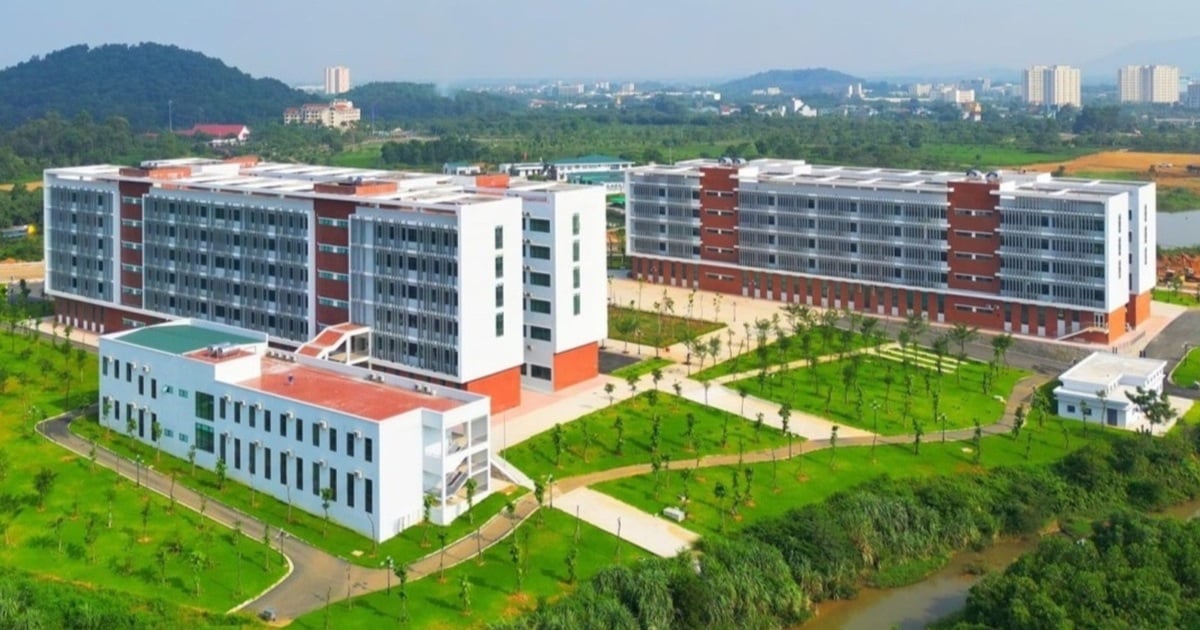

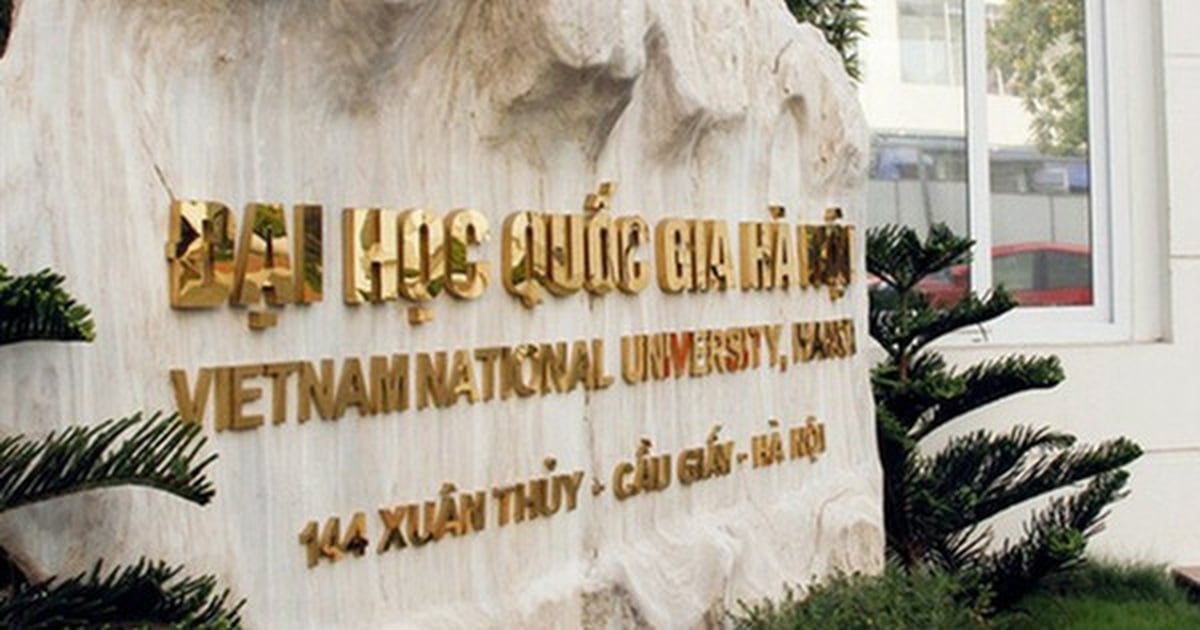





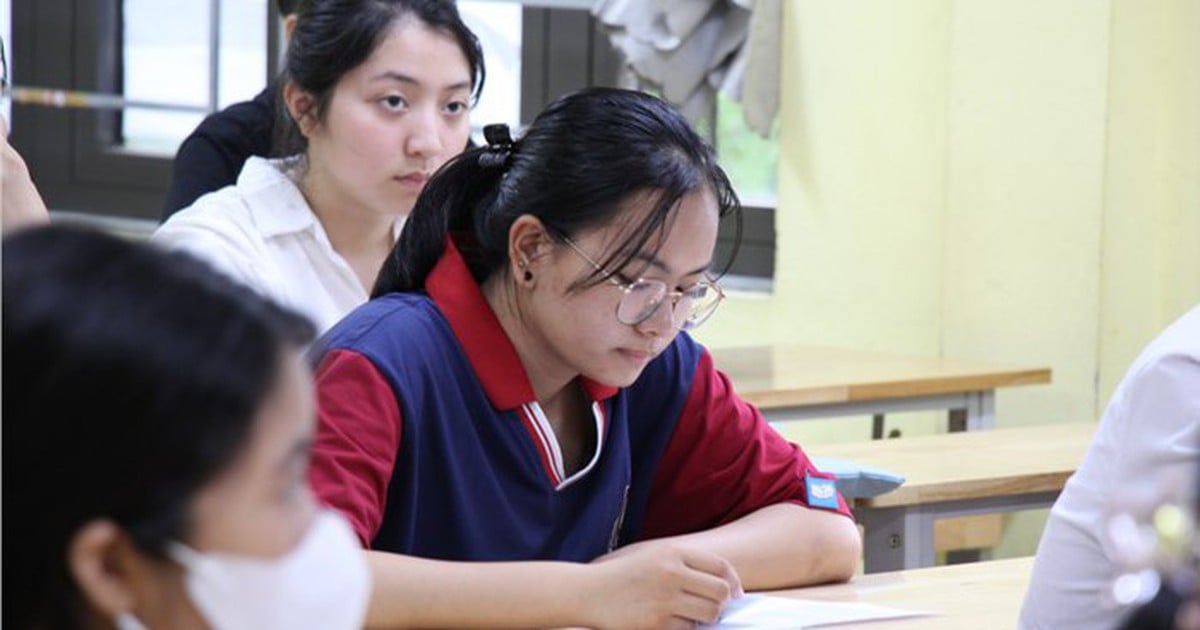
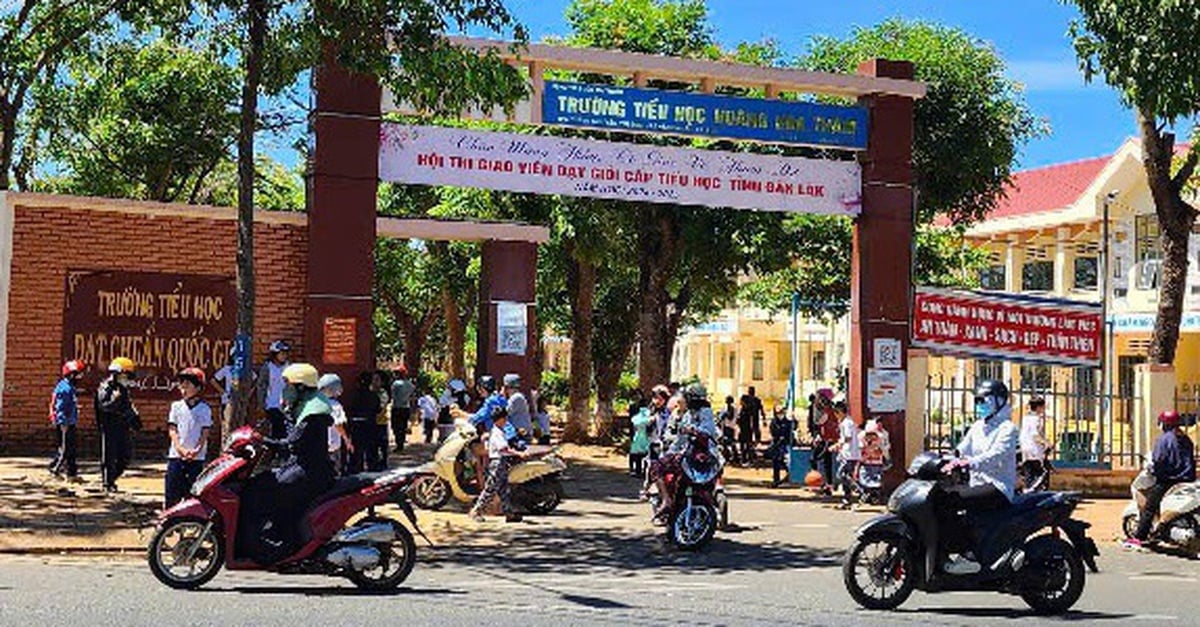


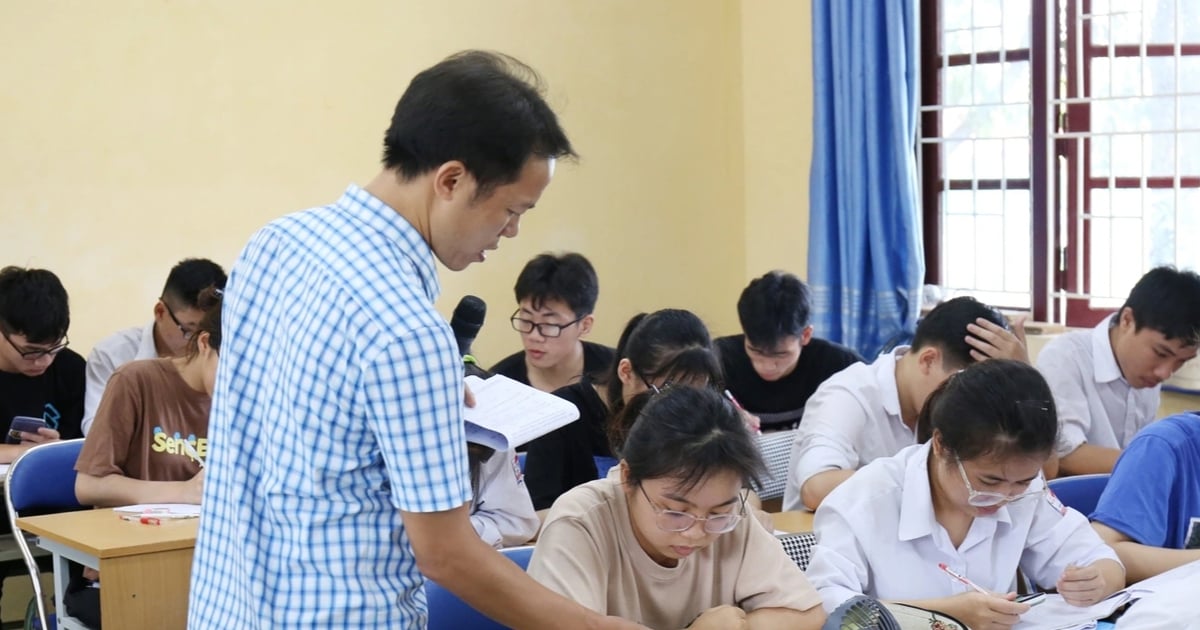














































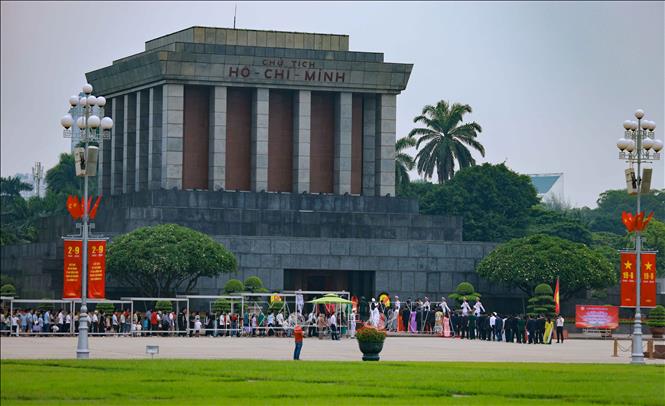


























Comment (0)